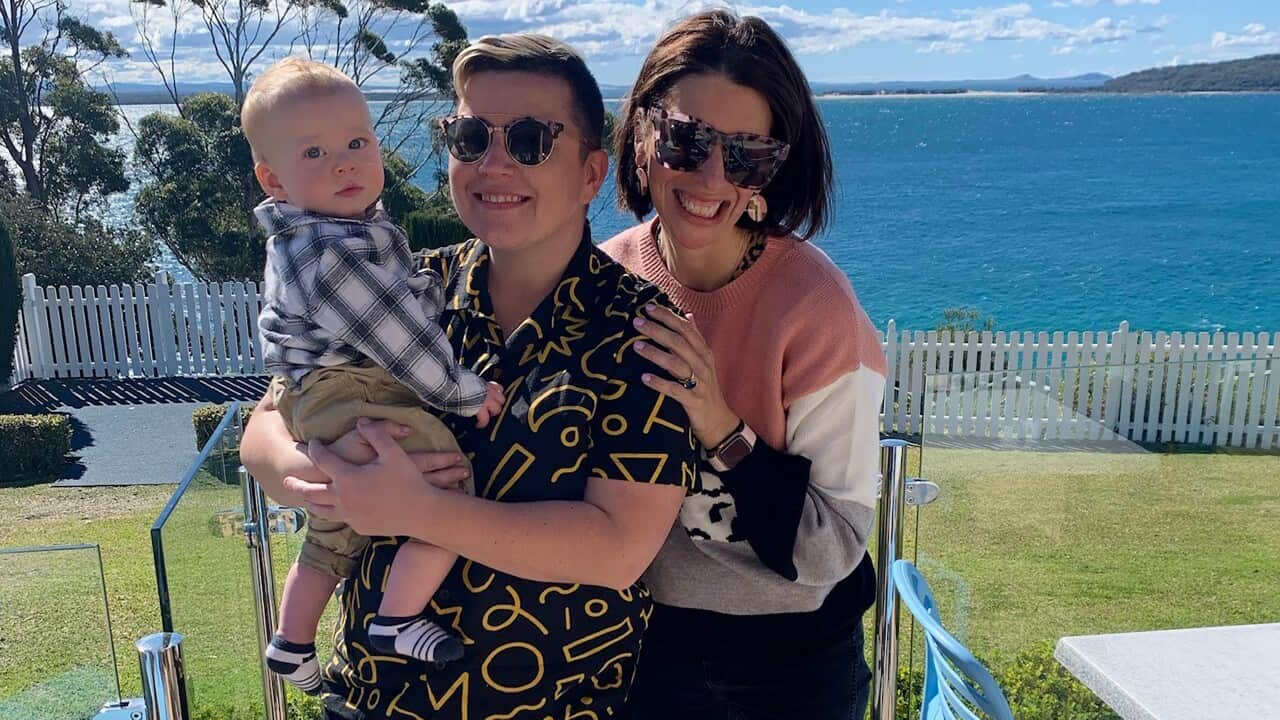Key Points
- An online dictionary of LGBTIQ+ terminology in seven different languages has been created for Australians.
- The creators of the dictionary hope it will help some LGBTIQ+ people "to communicate with their loved ones".
- The project has developed Arabic, Chinese, Spanish, Korean, Thai and Vietnamese translations.
Ryan Tran says he felt like he was living in two worlds.
He was an out and proud gay man when speaking English, but among his Vietnamese community, words failed him.
"When I wanted to talk to my friends and family, I wanted to talk about my identity, and I wanted to explain those terms to them.
"I couldn't find equivalent terms in Vietnamese, and I had to use English instead, and I felt incomplete when I couldn't use my own language to explain myself to people that I love and care about," he told SBS News.
It led him to join a team creating an online dictionary of LGBTIQ+ terminology in seven different languages for Australians, and a service that pairs people with translators.
Tran says working as a translator and editor on the project had been a "very meaningful journey."
"It opened up the conversation with me and my friends to say these are the new terms ... it was a proud moment to realise that we all know more about the LGBTIQ+ community."
Tran began the project knowing virtually no LGBTIQ+ terms in Vietnamese and some of the translations were very slippery to finalise. It was a group effort, he said, consulting individuals and resources from across Australia and Vietnam.
Miranda Lai, project lead and RMIT senior lecturer in translating and interpreting, told SBS News the purpose of the project was to give culturally and linguistically diverse LGBTIQ+ people a language to express themselves.
"We are really, really hopeful that the terminology bank is able to help them ... to find it easier to communicate with their loved ones, their family and their friends."
'Cultural inhibition' slows uptake of new vocabulary
Lai said every language developed at a different pace, and sometimes terminology developed in other cultures hadn't made its way over to Australia, highlighting the need for more translation work to be done.
She said "cultural inhibition" can be a reason why some languages lack the terminology to describe diverse gender and sexual identities.
"It really is just people's attitude to this particular topic, that if the culture has an aversion for whatever reason, then the lexicon is less developed.
"We are not making any value judgement, it's just because the country is not quite yet open to the topic area."
Translation requires creativity
Creative translation techniques were required for languages like Chinese, for example, where there aren't different words for sex and gender.
"We'd have to start with words from another language like English, but then you have to look for ways to either create new words in (Chinese language), or you have to apply different strategies in translation.
"You might have to paraphrase something by describing it - you don't really have a definite word, but then you use description."
The project has translated the terms into Arabic, Chinese, Spanish, Korean, Thai and Vietnamese.
Lai said other languages may be added in the future.
"Hopefully we are starting some conversations."












